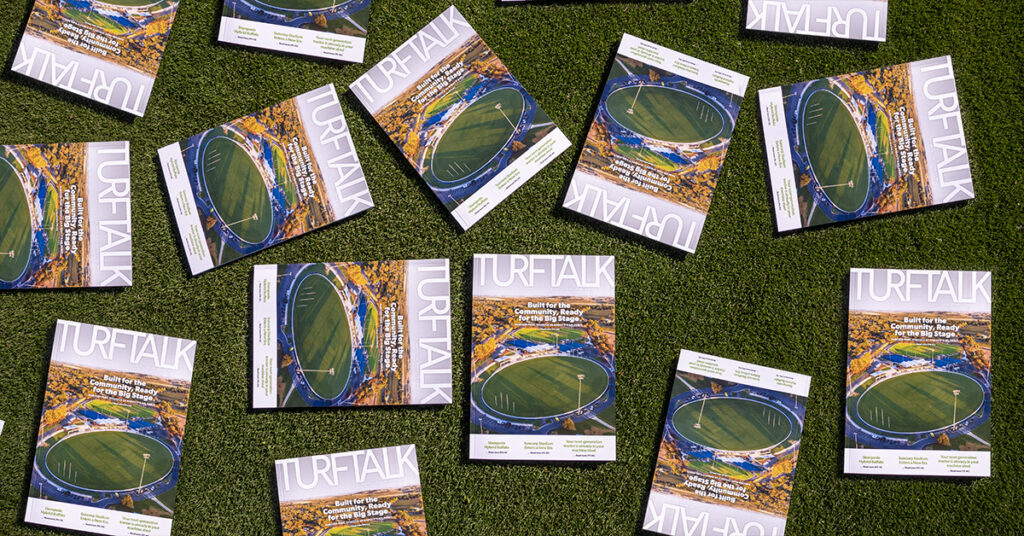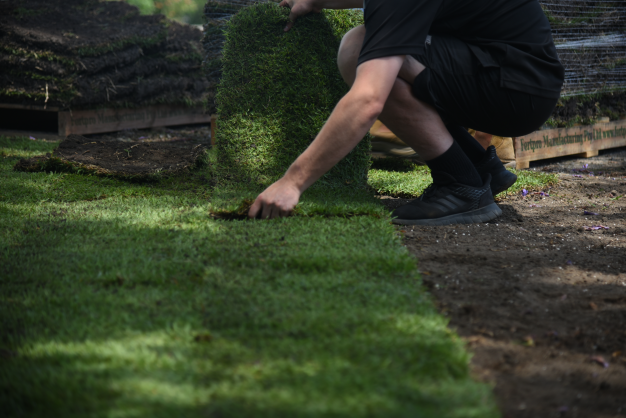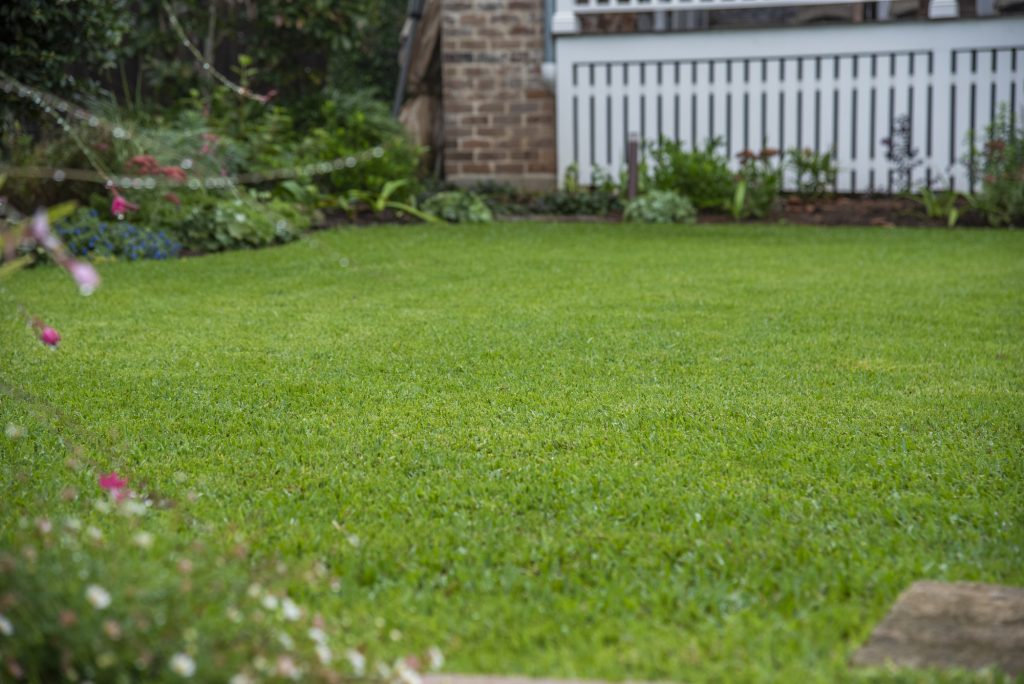What to look our for in spring?
With the growing season coming in hot, you may notice a few un-welcomed friends popping up in your lawn. In this blog post we will look at how to identify and treat these nasty invaders.
There are generally two groups of weeds commonly found in lawns; broadleaf weeds and invasive grass type weed.
Bindii (jo-jo)
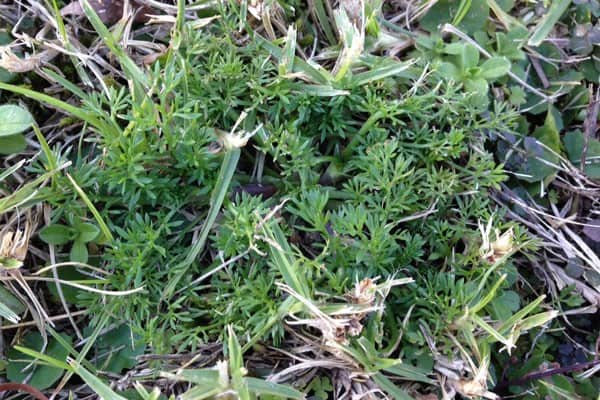
- Possibly the most annoying lawn weed due to the pain caused by the seeds to bare feet
- Finely dissected, small, fern like leaves, light green in colour
- Flat, small compact rosettes
- Small green flowers deep in leaf axis
- Fine, fibrous roots
- Small brown, flat seeds with sharp spines that hurt bare feet
CONTROL
Bindi can be easily managed if tended to early.
Hand removal or selective herbicide, such as Lawn Solutions All Purpose Weed Control in early autumn or early spring before the plant sets seed.
Clover
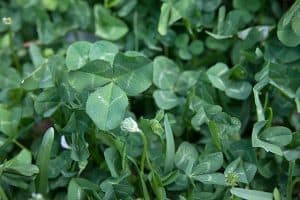
- Clover shaped, green leaves with circular markings, on thin stems
- Small white flowers, ball shaped on stems with leaves
- Tap-roots off stolons
- Clover is a common weed in lawns but in other areas can be beneficial due to high nutritional value
- Four leaved plants are very lucky, so don’t poison those!
CONTROL
Hand removal and selective herbicide such as Lawn Solutions All Purpose Weed Control.
Oxalis Griffithii
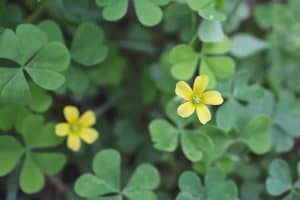
- The oxalis plant looks very similar to the tiny 3-leaf clovers that you can find in almost any garden
- This type of weed has small, yellow flowers, which are actually very pretty
- Active season during spring and summer
CONTROL
Hand remove the weed, making sure to pull out the whole root or to maintain a dense lawn, which will prevent an oxalis invasion. You can also opt for a selective broad-leaf herbicide such as Lawn Solutions All Purpose Weed Control.
Dandelion
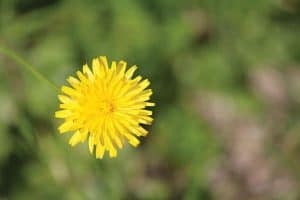
- Active during spring and autumn
- They are small, yellow flowers, made from tiny leaves, which are bunched up in such a way that the flower looks fluffy
- They also have fairly long stems and long leaves, which can be actually eaten
CONTROL
If you want to get rid of dandelions for good, your best bet is to hand dig them. As with most types of common Australian weeds, you need to make sure that the taproot is gone, otherwise, the plant will show up again.
You can also use a pre-emergent to prevent dandelion seeds from germinating (such as Lawn Solutions OxaFert) or a selective broad-leaf herbicide to directly kill them.
Common examples of invasive grass type weeds are:
Winter Grass (Poa Annua)
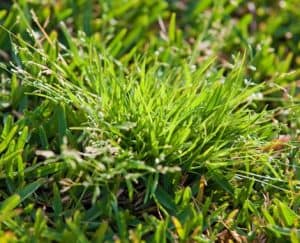
- Light green colour with a tufted growth habit and white panicle
- Germinating from late winter throughout spring and summer
- Highly adaptive weed that can thrive in sun and shade depending on moisture conditions
- Tolerates a range of mowing heights
- Plants quickly reach maturity and seed profusely making them an aggressive weed that can be difficult to control
CONTROL
Hand removal and selective herbicide such as Amgrow Winter Grass Killer. For future prevention we recommend Lawn Solutions OxaFert pre-emergent herbicide.
Invasive Kikuyu
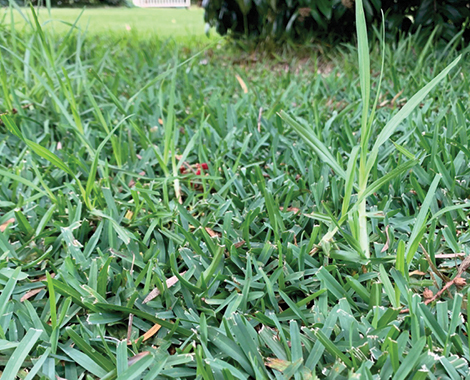
- Warm season grass with a fast growth habit meaning it can be an aggressive weed
- Spreads quickly in warm weather through stolons and rhizomes that can invade nearby surface
- Leaves are hairy and light green in colour
- Seed heads form from spring through to autumn as two to four orange spikelets
CONTROL
Weed wiping (weed wand or paint brush) with a glyphosate based product (such as Round Up*) or hand removal.
*Please note: Glyphosate products such a Round Up are a non-selective herbicide. Non-selective herbicides do not differentiate between unwanted weeds and wanted grass and plants, meaning they will kill anything they are applied on. We recommend using a barrier between your lawn and the invasive grass such as cardboard, to reduce the chances of contaminating of your lawn.
Water Couch (Common Couch)
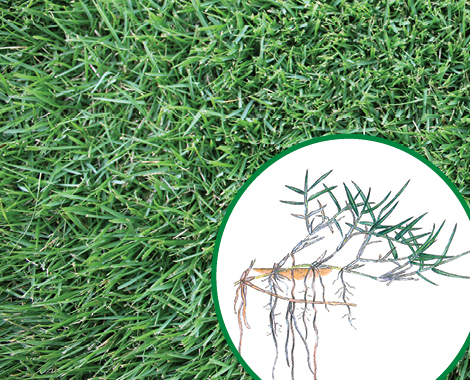
- Warm season perennial grass with fine textured, smooth leaves which vary from grey-green to blue-green in colour.
- Strong rhizomateous growth habit making it a vigorous weed
- Tolerates a range of mowing heights
- Seeds forming from summer through to early autumn, propagated by seed or from stolons and rhizomes
CONTROL
Weed wiping (weed wand or paint brush) with a glyphosate based product (such as Round Up*) or you can chip the weeds out with a mattock or a garden spade.
*Please note: Glyphosate products such a Round Up are a non-selective herbicide. Non-selective herbicides do not differentiate between unwanted weeds and wanted grass and plants, meaning they will kill anything they are applied on. We recommend using a barrier between your lawn and the invasive grass such as cardboard, to reduce the chances of contaminating of your lawn.
Sedge (Nutgrass and Mullimbimby Couch)
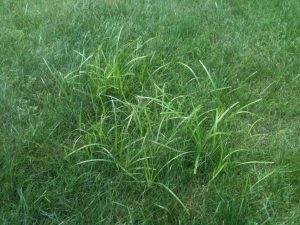
- Perennial rapidly spreading grass-like sedge with flat tapered, slightly corrugated leaves
- Triangular stem in cross-section, a feature which is unique to sedges
- Some sedge has nut like tubers that serve as energy storage for the weed making it difficult to control
- Seeds from summer to autumn, with yellowish brown seeds arranged in narrow spikelets on an umbrel like inflorescence
- Propagated from both seed and tubers
CONTROL
Hand removal will not work for this particular weed. Selective herbicide such as Lawn Solutions Sedge Control is the best method of treatment.
Another method of treatment involves the removal of a 30cm depth of soil and returfing the affected areas.
TREATING KIKUYU IN COUCH
For a couch lawn that is suffering from an invasion of kikuyu, there are some selective herbicide options that will treat kikuyu but not the couch. There is a commercially available herbicide called Monument, which can be used to suppress Kikuyu from couch lawns. Monument Herbicide is the broadest spectrum selective post-emergence herbicide for turf. This herbicide is highly effective in controlling Poa annua, Ryegrass, Kikuyu, Sedges and a wide spectrum of broadleaf weeds.
Monument Liquid Herbicide is safe to use on – Common Couch, Hybrid Couch, QLD Blue Couch and Zoysia – DO NOT USE on Kikuyu or Buffalo.
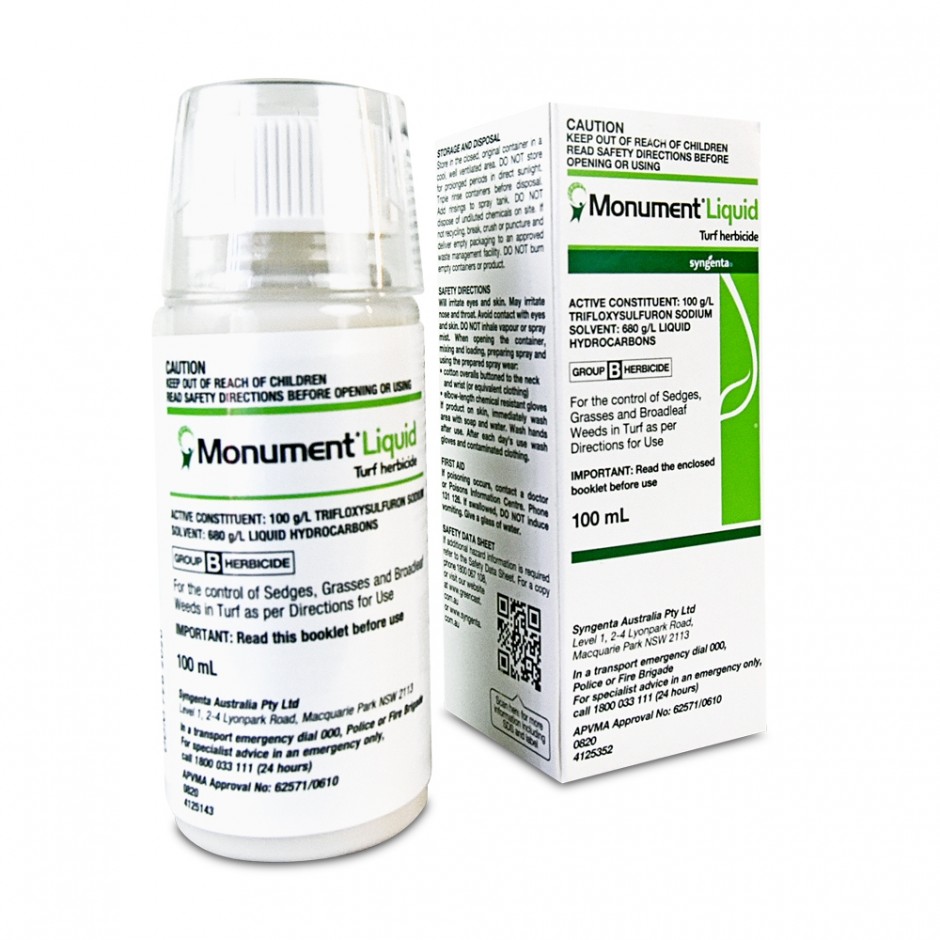
Hand removal
Many small weeds many be carefully pulled out by hand, however you will need to make sure you have removed the roots. Using a weeding trowel or long handled, mechanical device and prizing around the roots will help ensure total removal. The bigger the weed, the bigger and stronger the roots. In some cases, a weed spray might be necessary.
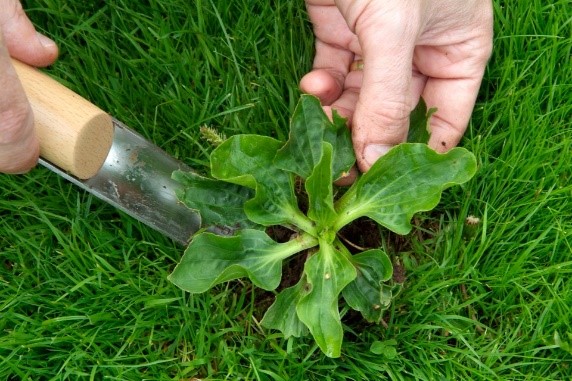
Broad-leaf weeds would more benefit from a light mow. Set your mower to a higher setting and remove the blade of the weed that is exposed to the sunlight. This will inhibit its growth and survival, as they thrive best when exposed to sun.
Herbicides
There are various herbicides available, including selective and non-selective to treat weeds in your lawn.
Non-selective products kill most plants including your lawn; selective herbicides target specific weeds only. It is strongly recommended that you consult your local nursery or turf expert to properly identify the weed in question first, so you can treat it with an appropriate and effective spray.
For future prevention of invasive grasses and further weed control, we recommend using a pre-emergent herbicide such as Lawn Solutions OxaFert. This product targets weeds during their germination period, (usually in the early autumn and early spring periods), assisting in the reduction of weeds emerging within your lawn.
You will also need to check the suitability of the selected herbicide products for use on your lawn type. For example, many are not suitable for buffalo lawns.
Please contact the Turfco Team for further information.

